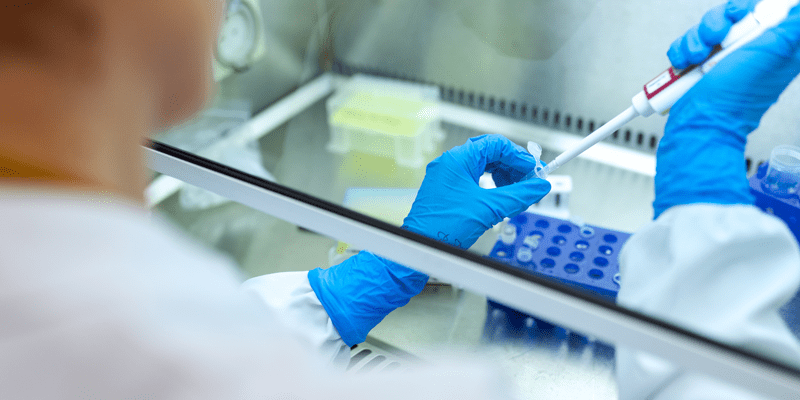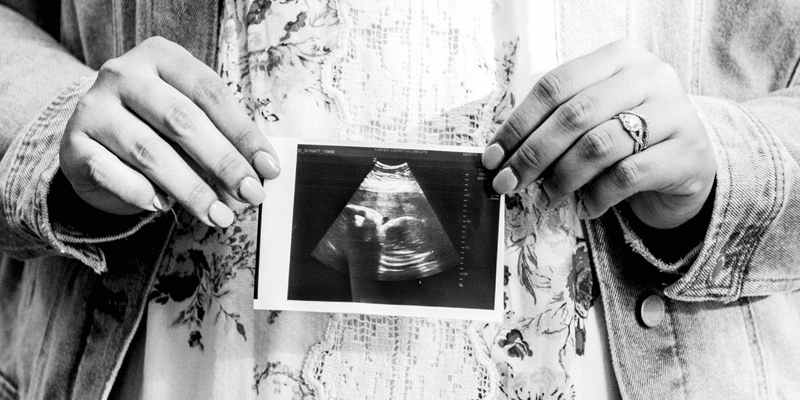Posts by David Prentice, PhD
Fetal Care Versus Fatal Cure
“Prenatal care has become the biggest barrier to postnatal life.” This lament by a dear friend who is a neonatologist points to the fact that it is often our attitude toward “the least of these” that determines their outcomes, and it is especially true for those diagnosed in the womb with developmental anomalies.
Read MoreStopping the Pain and Saving Lives: Successful Treatments for Sickle Cell Disease
As Christians in healthcare, we must hold fast to the belief that all life holds value, and all human beings are made in the Imago Dei. To veer from that belief is to allow room for the lie that some lives are not worth living.
Read MoreWho Counts? Bioethics, Biomedicine and Exploitation of Nascent Human Beings
What defines our humanity and what it means to be a human being? Put another way, who counts? Every human life has value, no matter the age or stage of development, size, genetic or acquired characteristics or circumstances of the individual.
Read MoreAmple Alternatives to Fetal Failures
Fairy tales and science usually don’t coincide; fairy tales are the stuff of myth and fancy, science of objective fact. Yet the continued push for fetal tissue research is extensively constructed of flimsy fairy tales, with proponents willfully ignoring objective fact in hopes of gaining some taxpayer dollars. The falsehoods about fetal tissue research have been repeatedly debunked by factual evidence, but fetal tissue research advocates continue to apply the Illusory Truth Effect: repeat something often enough, even if false, and people will begin to believe it. Unwilling to let a good crisis go to waste, fetal tissue proponents have even tried to exploit the COVID-19 pandemic, claiming that fetal tissue is essential for study of SARS-CoV-2 infections, making humanized “lung-only mice” using fetal tissue from abortion. Sadly, the unphysiological and anatomically inappropriate mouse model highlights the lengths to which some scientists will go to justify unethical practices. And while the Biden administration in 2021 removed sound ethical reviews and prohibitions on taxpayer-funded fetal tissue research, clinging to this antiquated research holds back modern, productive science. Here is just a small sampling of the scientifically and ethically superior methods and models that should be receiving attention.
Read MoreIf I Only Had A Heart…
In the classic tale The Wonderful Wizard of Oz by L. Frank Baum, perhaps most recognized by the 1939 movie version starring Judy Garland, young Dorothy Gale from Kansas and her dog Toto are transported via tornado to the strange Land of Oz and undertake a journey to see the Wizard of Oz in hopes he can return them to their Kansas home. Along her path on the Yellow Brick Road, Dorothy acquires three traveling companions who also have requests they hope the Wizard will grant, to give them each something they seem to lack: a brain, a heart and courage. The group’s progress and attempts to win the favor of the Wizard are hindered and harassed repeatedly by the Wicked Witch of the West and her minions, including incessant taunts about their shortcomings as well as a dire warning for Dorothy: “I’ll get you, my pretty—and your little dog, too!”
Read MoreReal Regulation of Human Embryo Experiments
As we expected, the International Society for Stem Cell Research (ISSCR) issued its revised guidelines on stem cells and embryo experiments at the end of May 2021, and as expected, the ISSCR recommendations are rife with proposed experiments on young human beings. The new guidelines discard the 14-day limit on human embryo experiments in favor of no limits whatsoever, and they allow virtually unrestricted manufacture of human-animal chimeras of any type, as well as creation of genetically altered human embryos and lab constructed human embryo “models.” Very little is left in the category of “currently not permitted.”
Read MoreNo Time for Complacency, Speak Up for Ethical Science
Well, that didn’t take long. As predicted, the parade of challenges to human dignity and human life discussed not long ago has already started to come to pass.
Read MoreHuman Bioengineering: Made in the Image of Whom?
While COVID-19 has consumed the attention and energies of the world for the last year, other bioethical and scientific challenges have not gone away and are set to burst back to the forefront this year. Significant advances were made in 2020 to move away from the antiquated science using human fetal tissue from abortion and toward development of modern techniques and biological models that do not use fetal tissue. However, a resurgence of research using trafficked aborted fetal body parts is likely with the new White House Administration. Calls have already been made to gut the current ethical regulations on federal funding of fetal tissue research. The drumbeat for taxpayer dollars to pay for experiments using fetal organs and tissues from abortion continues, trying to make use of the crisis to justify unethical research, e.g., making humanized “lung-only mice” to investigate COVID-19. In the meantime, adult stem cells have made “mini-lungs” in the lab that faithfully model normal lungs, and they are already being used to study COVID-19 infections and therapies.
Read More




